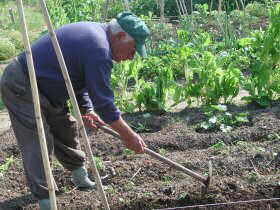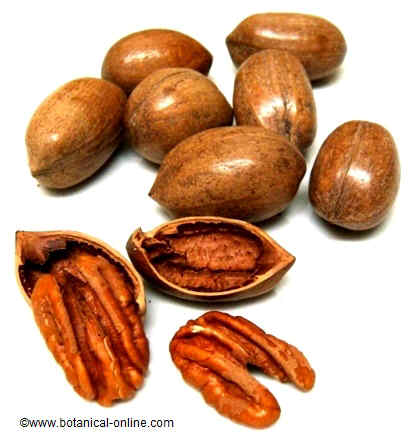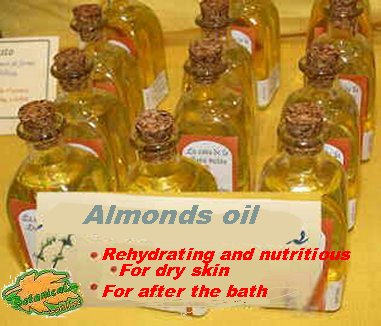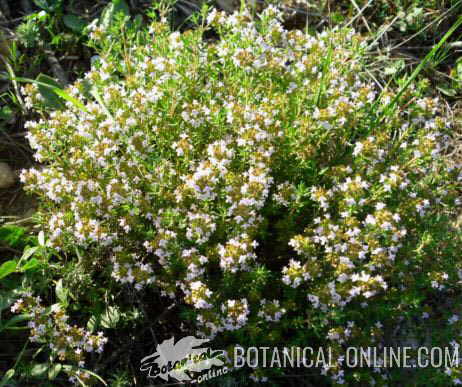Contents
TASKS OR ACTIVITIES IN THE GARDEN: DIGGING
What does digging the soil consist of?
 Digging is a type of task that is carried out after clearing and consists of removing the soil in a deeper manner.
Digging is a type of task that is carried out after clearing and consists of removing the soil in a deeper manner.
For this to be done properly, the soil must be free of weeds, debris, stones, remains of stems and superficial roots.
All of this has already been done previously in the clearing.
What is the soil dug for?
The purpose of digging, in addition to removing deeper roots, is to break up the soil so that it acquires a looser and more porous texture.
This allows water to penetrate more easily and organic matter to be incorporated more readily. All of this leads to greater activity of the flora and fauna of the subsoil, which improves the conditions of the soil.
How to dig the soil of our garden or family garden?
There are several techniques to dig the soil properly but the most important are the following:
- Digging technique 1: digging the garden divided into beds: In this case it is not necessary to dig the entire garden but only the space intended for cultivation, leaving the paths undug. To do this we will follow the following procedure.
1) Using string and stakes, we will mark the beds we wish to create according to the initial garden design drawing. We must remember that the maximum distance from any passageway to the centre of the bed should not exceed one and a half metres, so that we can work them properly without having to step inside them.
2) Using a shovel, we will open a transversal trench inside a bed at a distance of about 20 cm from one end, with a depth equivalent to the blade of the shovel and a width of about 30 cm. We will place the removed soil on the surface of the smaller, undug end.
3) Standing inside the massif and facing the trench on the largest side of the bed that has not yet been dug, we will cut sections of about 5 or 10 cm transversely and we will move the soil forwards inside the trench without stirring it. The idea is to cut and separate the soil horizontally but placed in the same vertical position as it occupied before. To do this, place the shovel on the cutting line and introduce it into the soil by applying vertical pressure with the help of the foot placed on the upper vertex of the blade. Then, advance the cut block by levering it against the side of the uncut soil.
4) When we have dug the longest part of the bed, we will position ourselves at the opposite end and dig the smaller section using the same procedure.
5) Once all the soil has been cut, with the help of the hoe, we will break up the largest clods.
6) Using the rake, we will level the surface of the bed.
- Digging technique 2: digging the garden divided into plots: When dealing with a garden divided into large plots, the digging process affects the entire plot since there are no paths expressly free of digging. In this case, the most correct procedure is the following:
1) Using string and stakes, mark out an elongated division within the plot with a maximum width of about 30 cm.
2) Use the above method to dig out the marked division
3) Mark another division parallel to the excavated division and dig it following the previous procedure, positioning yourself so that you do not step on the first division.
4) Successively carry out this procedure for the entire plot.
- Digging technique 3: digging the garden by removing the soil from one bed and replacing it in the next bed: A widely used method for digging the garden divided into plots is the following:
1) Using string and stakes, mark the plot with parallel, elongated sections with a maximum width of about 30 cm.
2) Dig the first trench, removing all the soil from it to a depth of the length of the shovel blade.
3) Dig the second trench by standing on top of the undug ground and looking at the first open trench. As we separate the soil, we place it inside the previously opened trench.
4) Then we break up the clods and in this way we cut the entire plot without having to step on the dug soil.
Soil conditions and time of year to dig
When should the vegetable garden be dug?
It is best to do this type of work at the beginning of winter so that the winter cold can better crumble the soil.
When should the orchard not be dug?
It is not advisable to dig the soil when we find a very loose or sandy soil, since digging this type of soil increases its drainage too much, which causes excessive washing of nutrients by the rain. In this case, it is enough to remove the weeds superficially using a rake. To increase its retention power, it is advisable to add a layer of mulch when carrying out this task.
When should double digging not be performed?
Double digging involves digging twice as deep as normal. If the usual way is to introduce the length of the spade blade into the ground, that is, about 25 cm, in double digging the depth is about 50 cm. To do this, a simple digging is performed first, the earth is removed afterwards and then another digging of the same depth is carried out to double the depth, achieving double the depth. This type of digging is used for soils with poor drainage, because they are very compacted or because of their physiological characteristics (See types of soil for plants).
It must be taken into account that the soil has different properties as it goes deeper, therefore, when moving the earth it must be repositioned at a depth similar to that in its original position. To do this we can follow the following procedure which is a variant of technique 3 explained above:
1) Using string and stakes, mark the plot with parallel, elongated sections with a maximum width of about 30 cm. If we are working with flowerbeds, we mark a pair of flowerbeds.
2) Dig the first layer of the first trench or second bed, removing all the soil from it to a depth of the length of the shovel blade. Place the removed soil in a mound.
3) Once the first shovelful has been removed, dig the second shovelful using the same method but placing the soil in a different pile from the first shovelful.
3) Dig the first shovelful of the second trench or second bed, standing on the undug ground and looking at the open trench first. As we separate the soil, we place it in a pile outside the previously dug trench. Once the first shovelful has been dug, we make the second shovelful, placing the soil inside the first trench. Once the second shovelful has been made, we cover the first trench with the top soil that we had piled up. Then we break up the clods and rake the entire surface.
4) In this way we cut the entire plot without having to step on the dug soil.
![]() More information on cultivation of vegetables and greens
More information on cultivation of vegetables and greens








